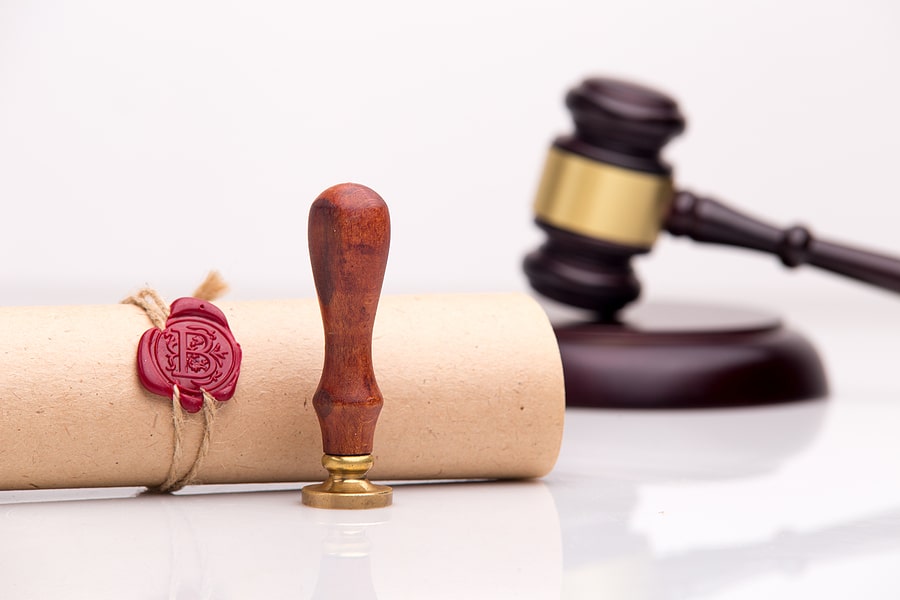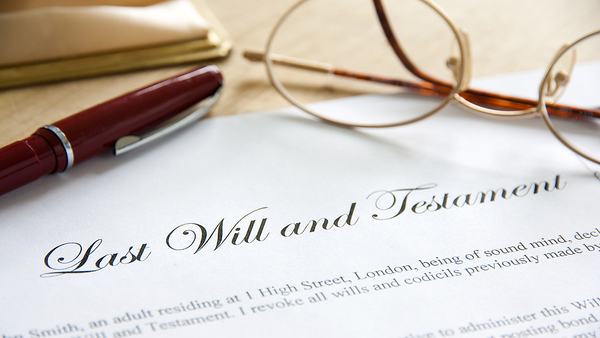What is a deed of variation?
A deed of variation is a document written by the beneficiaries of a will. Sometimes known as an instrument of variation, it lets them change how the estate is distributed.
Perhaps you want to send some of the inheritance to someone who wasn’t included without contesting the will. Maybe you want to change who gets what (or how much). To do this, you need to make a variation. Remember that you only have two years after the death to complete these changes.
When would you use a deed of variation?
There are four main reasons why you’d need to send off a deed of variation. According to the government, these are to:
- Reduce inheritance tax (IHT) or Capital Gains Tax
- Provide for someone who didn’t inherit
- Transfer assets to a trust
- Remove doubt or uncertainty in the will
Fairness and recognition are often why changes are made to a will after the person has passed away. In these cases, a deed of variation is used to right a perceived wrong. It also supports in protecting future relationships and resolves any past disagreements that are no longer relevant.
Does a deed of variation need to be registered?
Despite what you may think, a deed of variation doesn’t need to be officially registered. The beneficiaries of the will, those affected by the changes, and any new inheritors all need to sign the document.
After that, the executor of the will – the person managing the deceased’s estate – must agree to the changes. At that point, the variations become legally binding.
The only exception to this is if the variation increases the amount of inheritance tax due. In that case, the will’s executor or administrator will need to sign the deed of variation. A copy should also be sent to HM Customs & Revenue.
Deed of variation and inheritance tax
Inheritance tax is 40% of the estate’s value over the £325,000 threshold. On larger estates, that becomes an awful lot of money going to the state. If the estate is less than this, you'll be exempt from inheritance tax (so you won’t need a deed of variation).
The tax is also not due if the entire estate is passed on to the spouse, civil partner, charity, or community organisation. And the upper inheritance tax threshold can be increased even further – to £500,000 – if leaving it all to children or grandchildren.
But let’s suppose the person who wrote the will didn’t leave absolutely everything to their partner. Their estate is valued at £500,000. That means the inheritance tax would total 40% of £175,000, or £70,000.
Using a deed of variation, you can go right ahead and make changes to the will that wipe this payable tax out completely.
Should a variation increase the amount of inheritance tax due, then you’ll also need to send a copy of the deed to HMRC. For instance you may be receiving part of the estate originally intended for the deceased’s partner. You must do this in six months, and the will's executors or administrators must also sign the deed.
Deed of variation and Capital Gains Tax
Capital Gains Tax is a tax on any profit made on the following:
- Assets valued £6,000
- Property that you don’t live in
- Certain types of shares
- Business assets
You have an annual tax-free allowance of up to £12,300. The amount of Capital Gains Tax you must pay varies depending on your current tax bracket.
Let’s say the deceased bought a house for £200,000 that was rented out to tenants. You inherit it, then ‘dispose’ of it by selling it for £300,000. Congratulations, you’ve made a profit of £100,000 – and it’s this £100,000 that’s taxed.
But like inheritance tax, you can use a deed of variation to reduce the amount paid. If you're a married couple, Capital Gains Tax isn’t due on gifts to a spouse. This is the same for if you are in a civil partnership or wish to send gifts to charities. By making this sort of change to a will, it’s possible to keep more of the money within the estate.
Deed of variation and intestacy
You don’t always need a will to submit a deed of variation. If someone has died without leaving a will, this is known as dying ‘intestate’.
When this happens, the estate is generally passed to the surviving spouse or civil partner. Depending on the size of the estate, the deceased’s children may also inherit.
A deed of variation can be used to change this. This will let you include other relatives, friends, or even charitable organisations.
Deed of variation after probate
You may have a few concerns about sorting out a deed of variation after probate has been granted. After all, when you reach this stage, the legal process surrounding wills is coming to an end.
Thankfully, there’s no reason why you can’t submit a deed of variation either before or after obtaining a grant of probate. So long as it’s completed within the two-year time limit after someone’s death, it’s will be considered.
Deed of variation timescale
The timescale for completing a deed of variation is around a month. But that’s provided that all beneficiaries agree to the document and sign it. The quicker this happens, the quicker it takes.
However, it’ll take longer under some circumstances. If a beneficiary is under 18 or lacks mental capacity, they cannot legally sign any deed of variation. When this happens, you’ll need to apply to the court to get the nod.
How much does a deed of variation cost in the UK?
Since a formal deed of variation can be just a letter, it won’t cost you anything if you’re doing it yourself. But if you’re using a solicitor to enact a variation – which is advisable – then you’ll need to factor in legal costs.
Who pays for a deed of variation?
A deed of variation is paid by the beneficiary. As the person redirecting their share of the will, they'll be expected to pay any legal costs.
To compare solicitor costs, fill in our form to find the right legal expert for your deed of variation.
Do you need a solicitor for a deed of variation?
You don’t technically need a solicitor when writing a deed of variation. However, it’s a good idea to discuss your needs with a solicitor. They can draft a proper deed of variation document.
This is important. If you submit a valid deed of variation, then later wish to make another change to the same assets, you won’t benefit in the same way.
The initial deed of variation is treated as if it’s the will of the deceased. An amended or new deed of variation for the same assets is seen as gifting them to yourself. A solicitor can help you get it right first time.
Compare the costs of solicitors near you using our quick quote form.





